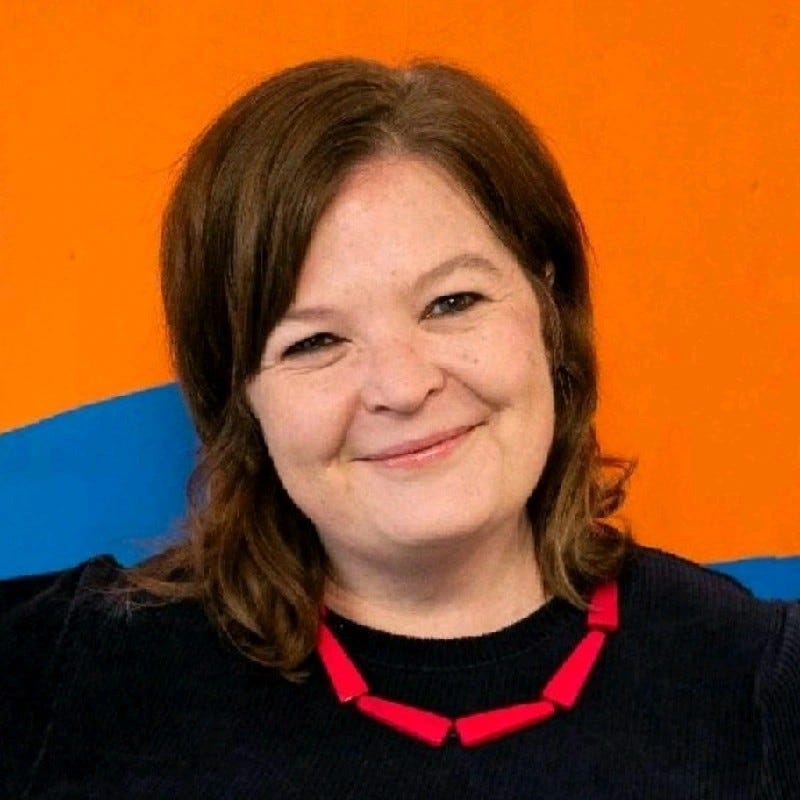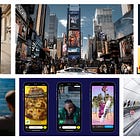Synergy Is the New Performance 📈
In APAC, the brands getting ahead aren’t just spending more—they’re combining better.
We all know marketing is omnichannel. That’s not the revelation. The real question is: how often do we actually model what happens when those channels work together?
When was the last time you ran the numbers on how a 30-second TV ad, followed by a YouTube bumper, changed the ROI outcome? Or how retail media quietly lifted search conversion? This is where Marketing Mix Modelling (MMM) earns its keep. Especially in fragmented APAC markets, where journeys are jagged and data is scattered, MMM shows how channels interact—not just perform in isolation. And it measures both short-term ROI and long-term brand effects, over 3 to 5 years of data.
It’s the only planning tool that captures the compounding, cumulative effect of how your media and creative really work. And trust us—those combinations are where the magic (and the money) lives. Let me show you…
1. Platform Synergy: ROI doesn’t live in silos
In our ROI Genome—25 years of data across $2B+ in media spend—we consistently see this:
Companies that embrace omnichannel strategies see roughly 32% higher ROI than those that do not.
In other words, the mix matters more than the hero.
Roughly 45% of media impact shows up as "halo"—one channel boosting another.
It’s like this: you don’t just drive a sale from a Facebook ad. That ad might have been primed by a TV spot two days earlier, or reinforced by a sponsored product placement on Amazon. If you're not modelling that interplay, you’re flying half-blind.
Another overlooked stat?
Two-thirds of media impact happens after the first week.
That’s why last-click attribution is broken. It cuts the story short. MMM, by contrast, captures how touchpoints interloop over time—how TV drives search days later, how YouTube lifts CRM signups, how marketplaces drive brand halo beyond product pages.
It doesn’t just tell you what worked, but how and when it worked, across your whole ecosystem.
Not just digital: TV, YouTube, CTV, AVOD—same couch, same viewer
We often talk about “cross-screen” like it’s a future goal, but let’s be honest—it’s already the norm.
👀 YouTube now delivers over a billion hours of watch time per day on TV sets.
This isn’t just mobile filler—it’s true living-room reach.
🎬 Netflix’s ad-supported tier reaches 94M users globally; Disney+ clocks 157M.
These aren’t test platforms. They’re primetime. And yet some media plans still treat AVOD as “experimental.”
Let’s stop pretending these lines are separate. Viewers don’t distinguish between CTV, YouTube, AVOD, or broadcast. They just remember what mattered. Your plan should reflect that.
That’s why modern MMM includes cross-channel terms—to quantify how a connected plan performs versus a siloed one. And the results are clear:
Add just one more channel and ROI can jump by up to 35%.
2. Creative Synergy: It’s not about format length—it’s about sequence
Let’s bust a myth: shorter ads are always more efficient.
Sure, your 30-second hero ad sells 100 widgets, and the 15-second cut sells 50. So you double down on 30s, right? Easy maths.
But here’s where that logic breaks: efficiency isn’t just about cost-per-second. It’s about sequence, memory, and context.
Think of it like this: a strong 30 builds emotional memory. A series of 15s? They reignite it, again and again—across YouTube, Meta, retail media, and OOH.
🎯 Remember Tony the Tiger?
You probably saw the iconic 30-second spot on TV years ago. But the moment you walk into a grocery store and catch a glimpse of Tony on a retail OOH ad, something clicks. Your brain lights up. That old memory structure—fun, comfort, sweetness—comes flooding back. You weren’t just influenced by one channel, but by the interplay across many. That's where ROI multiplies.
This is the principle behind Dr. Grace Kite’s “Lots of Littles” approach: not a single blockbuster asset, but a sequence of smaller, context-fit pieces that work together to build salience over time.
Modern MMM lets you model that cross-media compounding effect. Not just what each asset did—but how they helped each other do more.
Plan your creative in families, not fragments. Let your hero spot lead. Then let smaller edits, native formats, and channel-fit pieces reinforce and echo that memory across the funnel.
Because in fragmented markets like APAC, sequenced storytelling isn’t just nice to have—it’s the key to breaking through.
So, what does good look like?
Use MMM to model the chain reaction. Don’t just track what each channel does—track how they influence one another. TV boosting search. Display priming CRM. YouTube amplifying branded search.
Build “families” of creative, not clones. Same tone, same assets, but flexed for context. Let a 30” film do the emotional heavy lifting, while 15s and native edits play clean-up across social and retail.
Adopt Lots of Littles on purpose. Plan and calendar lightweight content drops across platforms, knowing that the ROI is cumulative. That’s how you build and convert—without burning out attention.
TL;DR
If you're still treating each channel and each creative as separate line items, you're missing where the real value lives.
MMM gives you the full picture—across years, channels, and outcomes.
Platform synergy drives incremental ROI that silos can’t.
Creative synergy unlocks efficiency and brand building.
This is how modern marketers outperform. Not by doing more, but by combining smarter.





